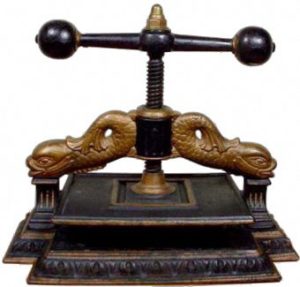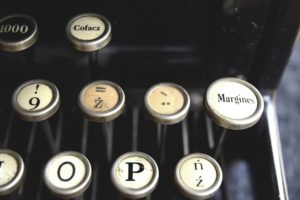On to the nuts and bolts of my personal editing process. The first layer of editing happens after I’ve stepped away from my stories for a while so I can read them with a fresh eye. It’s always obvious my sentences are too wordy. I cut a lot of words out or substitute others. This is an ongoing issue as long as I’m editing. The first couple of times I go through a book, it’s not unusual for me to delete 5,000 words!
 Joining a writing group was extremely beneficial to my personal editing process. Prompts lead me into whole areas of writing I never imagined I could do—short stories, articles, even poetry. The more ways I learn to use words, the better craftsman I become. A recent exercise proved enlightening. Using only dialogue, I had to tell a short story. Before starting this challenge, I didn’t realize how difficult it was to set a scene, describe characters and emotions with only dialogue.
Joining a writing group was extremely beneficial to my personal editing process. Prompts lead me into whole areas of writing I never imagined I could do—short stories, articles, even poetry. The more ways I learn to use words, the better craftsman I become. A recent exercise proved enlightening. Using only dialogue, I had to tell a short story. Before starting this challenge, I didn’t realize how difficult it was to set a scene, describe characters and emotions with only dialogue.
I became cognizant of the importance of varying sentence lengths. I learned to avoid the superficial words just and very. Now, I can see the reasoning behind that. On the other hand, there are times when no other word will be as good. So, I’ve learned to use them with discretion.
There are words I use too much. I never met a “with” I didn’t love. I think it’s wonderful when my characters realize something—even when it’s five times on one page! I began to keep a list of words I overuse.
When I’m happy with my book—after a multitude of read-throughs—I apply my personal system of final editing. I do another read, noting every page where I make a change. To make sure I didn’t make a type-o and that I’m happy with my changes, I make a second pass only on those pages. Next step is to do a find for my personally compiled list of no-no words. I limit myself on certain words—for instance, if the book is 400 pages, I can’t have more than 400 withs. I take out as many justs, hads and verys as I can manage. I have about 20 words on my list. The scary part is, I may be overusing other words that I don’t even notice! Polishing sentences randomly during this process provides me with a cleaner final product. Then I do a pass for punctuation only.
Next, I change the font and font size to something large and read the book out loud. Final step is to change the font again and print out the book to read from a paper copy. I make notes as I go—there usually aren’t too many at this point—and fix them all when I’m done. Then it’s off to beta readers.
I find it useful to put aside my manuscript for at least a couple of weeks before submitting to Create Space. Reading one last time saves a lot of editing before starting the submission process. I ended up having to order multiple paper proof copies. I’ll try to avoid that next time at bat. Holding my book in my hands was an awesome feeling. I made that! But it’s also easy to find more things to edit.
Pushing the publish button caused conflicting emotions. I admit I think of my books as toys. I can’t play with them anymore once they’re published. It’s been a long time since I “finished” Truer Beauty. Editing, publishing and accomplishing various “paperwork” tasks along the way took much longer than I ever dreamed. Without persistence, I never would have reached this point in the process. Of course, there are costly alternatives to doing it all myself. In the end, I liked having complete control of my work. It’s time to see what the universe thinks about my choices. Truer Beauty is available on Amazon now!
I write books.
